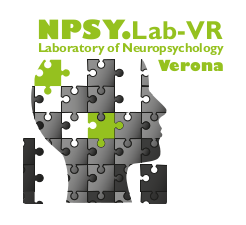Authors
Scandola M, Aglioti SM, Avesani R, Bertagnoni G, Marangoni A, Moro V.
Abstract
While several studies have investigated corporeal illusions in patients who have suffered from a stroke or undergone an amputation, only anecdotal or single case reports have explored this phenomenon after spinal cord injury. Here we examine various different types of bodily misperceptions in a comparatively large group of 49 people with spinal cord injury in the post-acute and chronic phases after the traumatic lesion onset. An extensive battery of questionnaires concerning a variety of body related feelings was administered and the results were correlated to the main clinical variables. Six different typologies of Corporeal Illusion emerged: Sensations of Body Loss; Body-Part Misperceptions; Somatoparaphrenia-like sensations; Disownership-like sensations; Illusory motion and Misoplegia. All of these (with the exception of Misoplegia) are modulated by clinical variables such as pain (visceral, neuropathic and musculoskeletal), completeness of the lesion, level of the lesion and the length of time since lesion onset. In contrast, no significant correlations between bodily illusions and personality variables were found. These results support data indicating that at least some cognitive functions (in particular the body, action and space representations) are embodied and that somatosensory input and motor output may be necessary to build and maintain a typical self-body representation.
